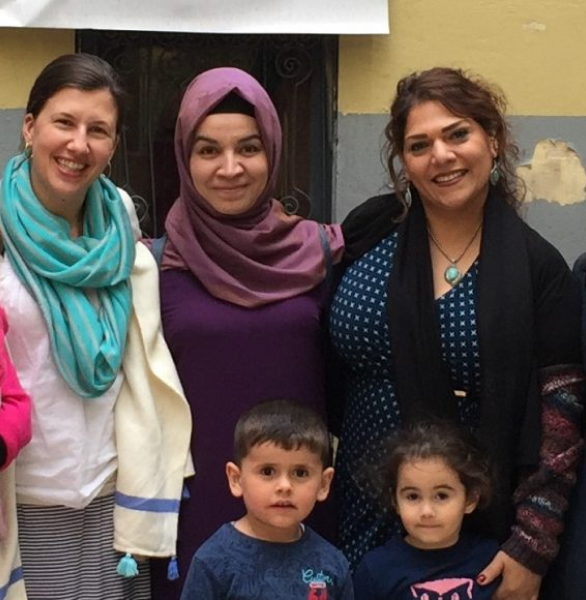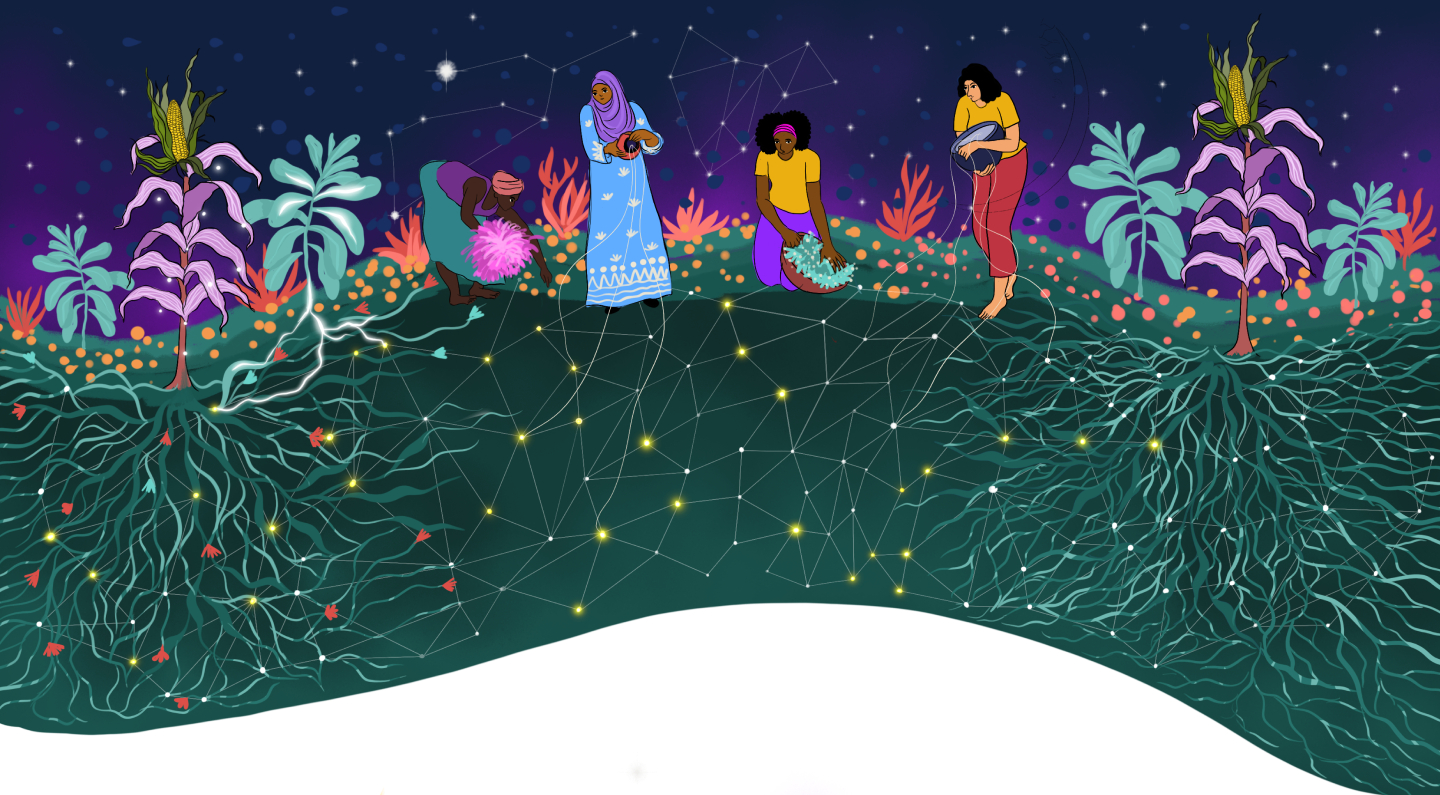Protecting Women Peacebuilders: The Front Lines of Sustainable Peace

Women peacebuilders use dialogue and engage with different parties to bring actors to the peace table, negotiate humanitarian access, challenge extremist ideologies and violence, and facilitate reconciliation and social healing. However, this engagement with “the other” specifically puts them at risk. Ironically, women who are peacebuilders are threatened because of their peace work.
Women peacebuilders face a complex matrix of risk and targeted threats to their physical, emotional, political, economic, and spiritual health and safety. Threats to women peacebuilders are highly gendered in nature, using their identity, roles, and social norms, against them. They target family members and seek to tarnish women peacebuilders’ reputations often through sexualized attacks. These threats take place off and increasingly online, where the public venue and anonymity amplify their reach and impact.
Despite 20 years of policy, practice, and evidence of impact, there is still a persistent gap in recognition of, support to, and protection for women peacebuilders. This brief distills and builds on decades of women peacebuilders’ experiences navigating these dangers to provide an overview of the contextual factors and realities that create and exacerbate their insecurity. It then presents the range and sources of threats, analyzes the strengths of and gaps in existing protection mechanisms, and concludes with operational guidance for states and multilateral institutions to protect women peacebuilders.
The brief and operational guidance inform the Women Peacebuilders Protection Framework produced by the International Civil Society Action Network (ICAN) with members of the Women’s Alliance for Security Leadership (WASL) and the support of the UK Foreign, Commonwealth & Development Office (FCDO). This initiative is part of the ICAN and WASL She Builds Peace campaign and call to action to stand with women peacebuilders.

